High Quality Products & Services for Your Business
How to Build a Park: A Step-by-Step Guide
Creating a park is a wonderful way to enhance community space, promote outdoor activities, and provide a refuge for wildlife. Here’s a step-by-step guide on how to build a park effectively.
Step 1: Identify the Purpose and Vision
Before starting, determine the purpose of the park. Is it for recreation, nature conservation, or community gatherings? Engage with local residents to gather ideas and feedback. A clear vision will guide all future decisions.
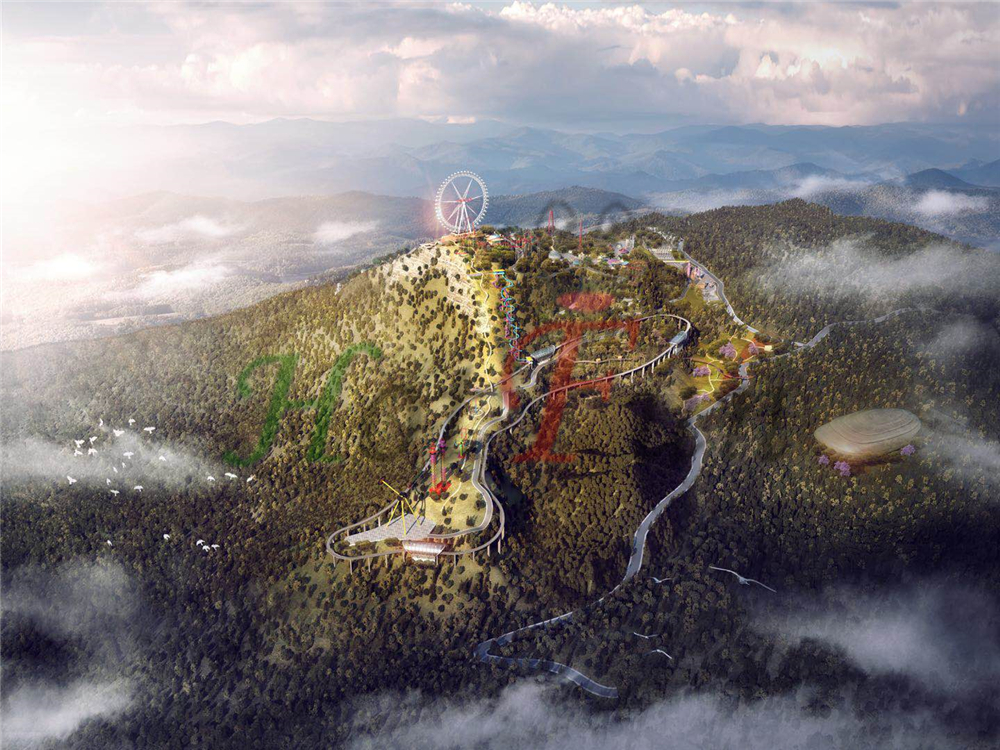
Step 2: Choose the Location
Selecting the right location is crucial. Consider factors like accessibility, environmental impact, and proximity to residential areas. Ensure the land is suitable for development and check for any zoning restrictions.
Step 3: Conduct a Site Analysis
Once a location is chosen, conduct a thorough site analysis. Assess the terrain, soil quality, existing vegetation, and wildlife. This will help in planning the park’s layout and ensuring minimal disruption to the ecosystem.
Step 4: Design the Park Layout
Create a design that incorporates various features such as walking trails, playgrounds, picnic areas, gardens, and sports facilities. Include natural elements like trees and ponds. Ensure the design promotes safety and accessibility for all users.
Step 5: Develop a Budget
Estimate the costs involved, including land acquisition, construction, landscaping, and maintenance. Look for funding sources, such as local government grants, community fundraising, or partnerships with local businesses.
Step 6: Obtain Necessary Permits
Before beginning construction, obtain all required permits from local authorities. This may include environmental assessments and building permits. Engage with the community to keep them informed and involved in the process.
Step 7: Begin Construction
With permits in hand and funding secured, begin construction. Hire a reliable contractor and ensure that all work meets safety and quality standards. Regularly monitor the progress and make adjustments as needed.
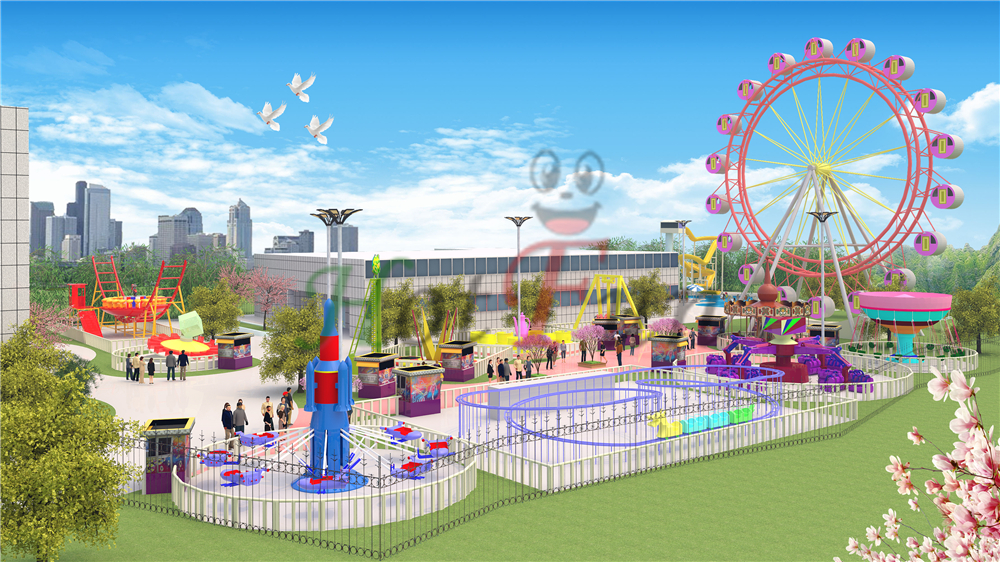
Step 8: Landscape the Park
Once the main structures are in place, focus on landscaping. Plant trees, shrubs, and flowers that are native to the area. Create open spaces and incorporate features like benches, water fountains, and signage to enhance the park’s usability.
Step 9: Plan for Maintenance
A park requires ongoing maintenance to remain safe and enjoyable. Develop a maintenance plan that includes regular inspections, landscaping, cleaning, and repairs. Consider forming a community group to help with upkeep.
Step 10: Host a Grand Opening
Once the park is ready, organize a grand opening event. Invite the community to celebrate the new space. This can include guided tours, activities, and entertainment, encouraging residents to engage with their new park.
Conclusion
Building a park is a rewarding endeavor that brings countless benefits to a community. By following these steps, you can create a space that fosters connection, promotes health, and supports the environment for years to come.
Related recommendations
-
Sightseeing train selection: from style to specifications, double the charm of the venue
268This article introduces how to choose a suitable sightseeing train from the perspectives of design style, functional configuration, venue size, etc., to help you find a high-quality product that can add charm to the venue.
View details -
Choosing the Best Roller Coaster Manufacturers for Your Theme Park
249Looking for reliable roller coaster manufacturers? Learn how to evaluate global suppliers, ensure safety, maximize ROI, and select the best rides to make your theme park more competitive worldwide.
View details -
The Advantages of Electric Bumper Cars
895Electric bumper cars have long been a staple of amusement parks, fairs, and family entertainment centers. Known for their exciting and interactive nature, these rides offer both fun and safety for riders of all ages. With advancements in technolo...
View details -
The Most Popular Attractions in an Amusement Park
941Amusement parks are designed to provide thrilling experiences and lasting memories for visitors of all ages. With a wide range of rides and attractions to choose from, some have gained more popularity due to their unique excitement, appeal, and e...
View details
 chinaparkrides
chinaparkrides
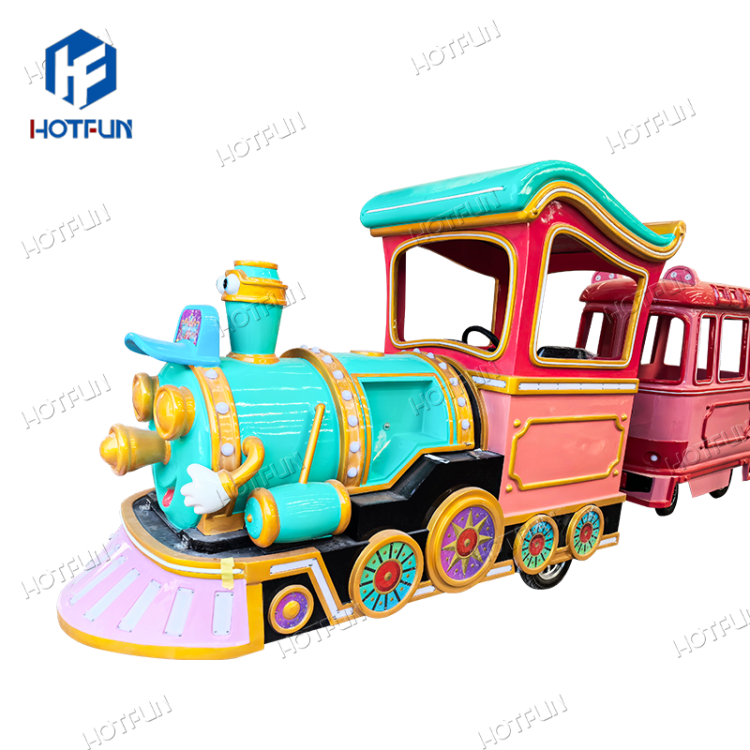

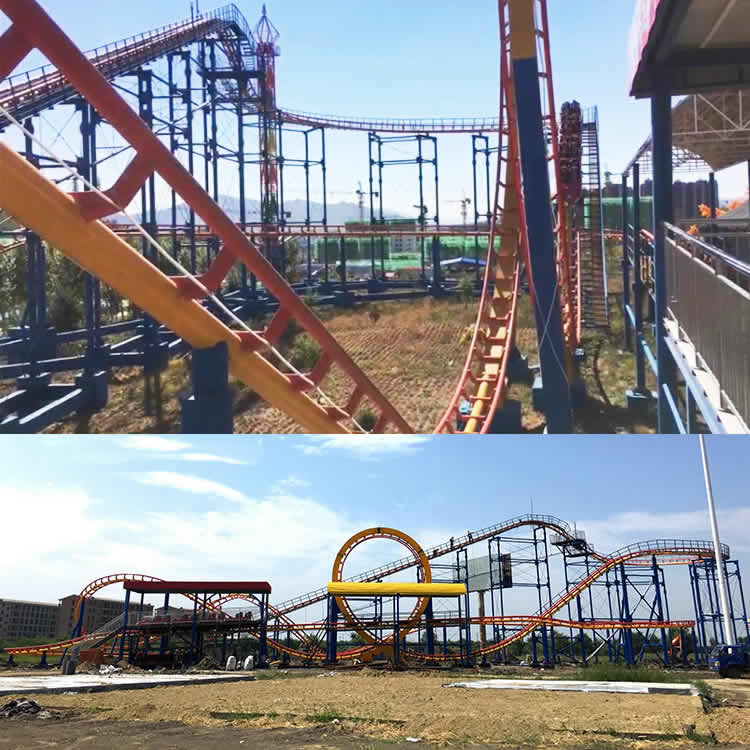

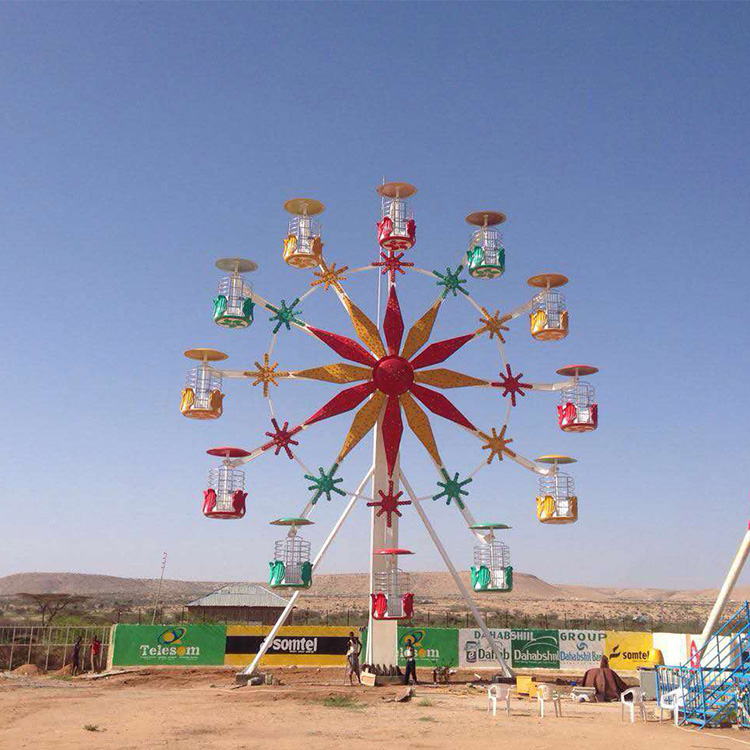

Leave a Reply